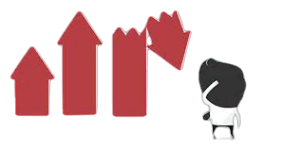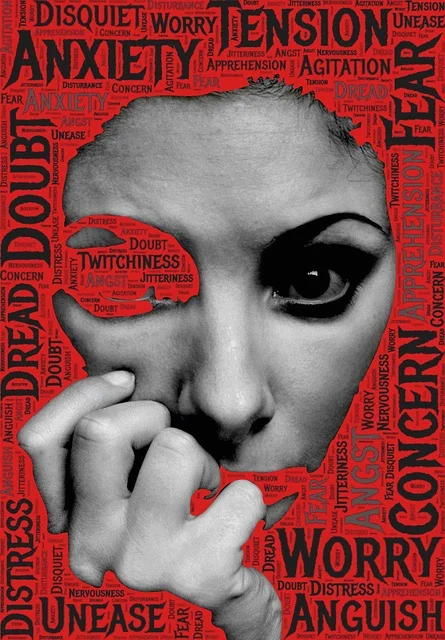Disorders connected to disrupted sleep are called Parasomnias. Even though your bed partner may believe you’re awake, also you experience unusual speech, feelings, gestures, and behaviors when you’re asleep. Sleep paralysis, nightmare disorders, sleepwalking, sleep terrors, and sleep-related eating disorders are a few examples. The first steps in treatment are typically non-pharmacological.
Parasomnias: what is it?
A Parasomnia is a type of sleep disorder characterized by unanticipated and unwanted physical experiences or occurrences that interfere with your sleep.
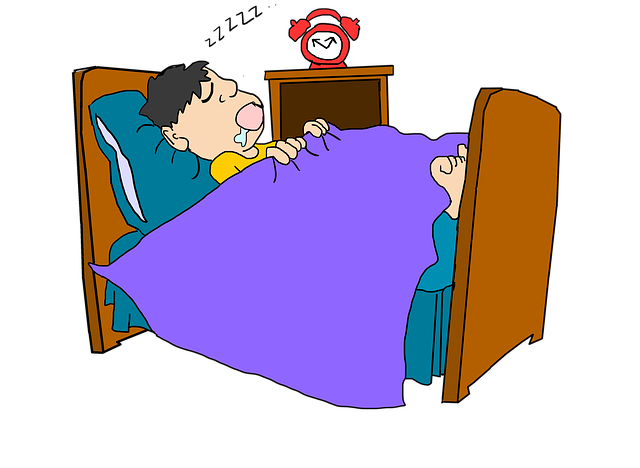
Parasomnia can strike at any time—before, during, or after awakening from slumber. Your ability to move abnormally, speak, convey emotions, or behave strangely might all be signs of Parasomnia. Despite what your bed mate may believe,also you are indeed asleep.
Other parasomnial sleep disorders
These are the following parasomnial sleep disorders:
REM sleep behaviour disorder
Due to a loss of muscle paralysis that often keeps people from acting out their dreams during REM sleep, this disorder causes dreams to be acted out. Acted out dreams have the potential to be violent and cause harm to both the dreamer and their bed companion. RBD may develop with some neurological conditions like Parkinson’s disease or as a prelude to them. It can occasionally be the outcome of taking medication. Generally, RBD is manageable with the right drug regimen.
Nightmares
A nightmare is an extremely unsettling dream that causes you to wake up from sleep repeatedly. The majority of the time, these nightmares are extremely frightening, but they can also occasionally involve feelings of rage, despair, disgust, or other negative emotions. When they wake up, they typically become attentive quickly and can recall every aspect of a complex dream. Most typically, nightmares emerge from REM sleep. A partial repeat of a traumatic incident is one of the symptoms of Post-Traumatic Stress Disorder (PTSD) that frequently causes repetitive nightmares. Usually, nightmares are an indication of psychological tension and conflict. Treatments including medication, cognitive-behavioral therapy, and psychotherapy may be utilized if dreams are severe and persistent.
Sleep paralysis
Although it can happen as a characteristic of the sleep disease known as narcolepsy, sleep paralysis can also happen on its own.
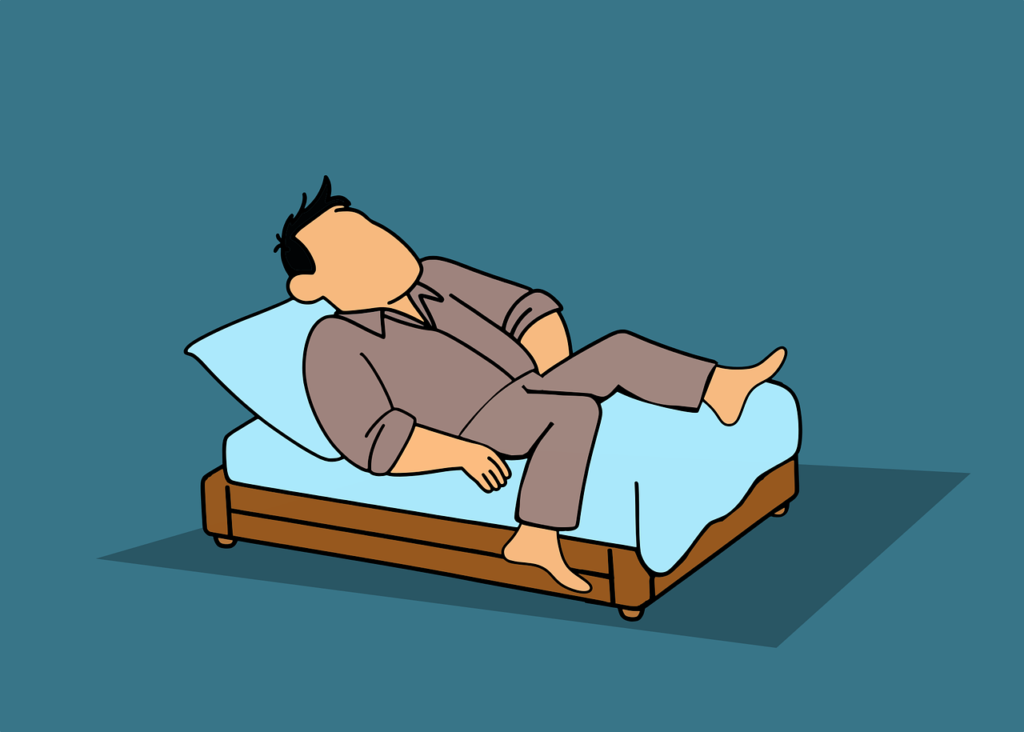
Upon falling asleep or waking up from a sleep, a person feels immobile and unable to talk. A few seconds to many minutes may pass between the episodes. The paralysis may be accompanied by dreamlike experiences. When a person has sleep paralysis, the muscle paralysis that usually happens during REM sleep extends into the moment just before they fall asleep or wake up. The sleep paralysis may be extremely terrifying if the person is unaware of what is happening. Reassurance and explanations could be quite beneficial.
Confusional arousal
Typically, confusional arousals occur in the early hours of the night when a person awakens from a deep slumber. You wake up extremely slowly from this Parasomnia, commonly referred to as excessive sleep inertia or sleep drunkenness. You may have problems understanding questions posed to you and respond slowly to commands. The following day, you most likely won’t recall the incident.
Sleep-related eating disorder
Binge drinking and eating during non-REM sleep is known as a sleep-related eating problem. You may or may not be conscious at all.
Binge eating bouts frequently recur. Particular actions consist of:
- consuming odd meals (such as a stick of butter) or meal combos
- eating and drinking rapidly and
- ingesting poisonous foods, such as raw flesh
Teeth grinding
When you have sleep bruxism, you grind or clench your teeth during night. These actions may result in:
- dental sensitivity or pain
- pain in the jaw, face, or neck
- Pain similar to an earache
Rhythmic movement disorder
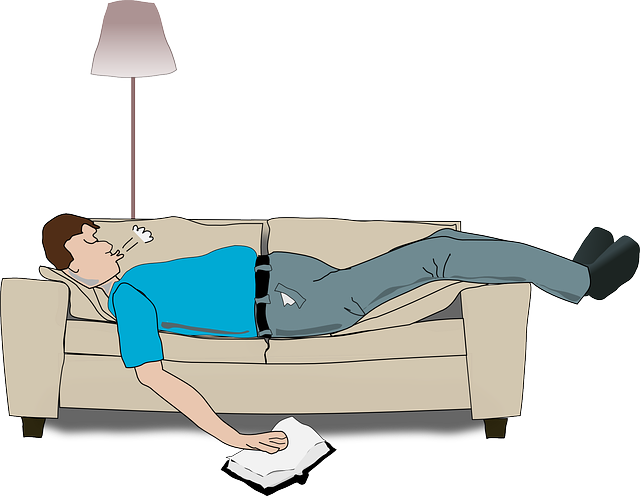
Large muscle group repetitive, stereotyped rhythmic motions that happen right before bed, right before sleep, or right during sleep are the hallmarks of rhythmic movement disorder. Examples of these movements include head banging, head rolling, and body rocking. These are typical occurrences in infants and kids, and they are only labeled as disorders when they cause substantial disruptions to sleep, interfere with day-to-day functioning, or cause physical harm to the child. Usually, but not always, rhythmic movements start in the first year of life and end on their own by the time a child is five years old.
Signs and symptoms
Parasomnias vary widely in their features and triggers. Still, a few of the most typical symptoms are as follows:
- Unable to stay asleep through the night.
- Waking up bewildered or lost.
- Experiencing daytime fatigue.
- Discovering bruises and cuts on your body for which you are unable to recall the reason.
- Exhibiting, as described to you by your bed partner, actions, vocalizations, gestures, or expressions that you cannot recall.
Causes of Parasomnia
The reasons of Parasomnia are numerous. There may be several triggers linked to the disease, such as:
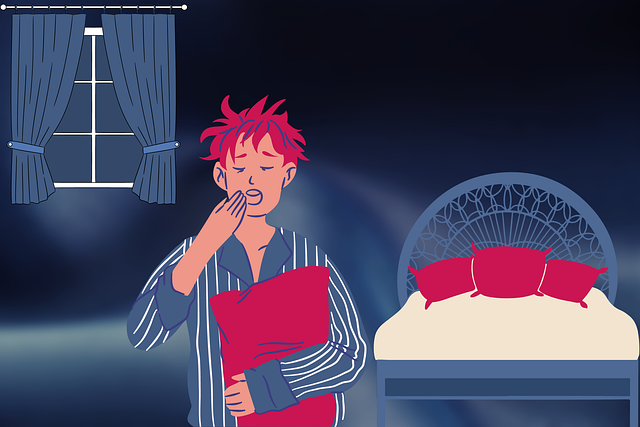
- Depression,
- anxiety
- and stress
- PTSD
- drug abuse
- specific drugs
- shift work
- other irregular sleep schedules;
- other sleep disorders
- sleep deprivation
- neurological illnesses such as Parkinson’s disease
Parasomnia in children
Adults are not as affected by insomnia as children are. Children with neurological or psychiatric disorders, such as ADHD or epilepsy, are most likely to experience it. Children’s Parasomnia can also be brought on by factors like stress and lack of sleep.
However, children’s underdeveloped sleep-wake cycle is typically the source of Parasomnia. This indicates that there is a mixed state of awareness since the lines separating awake from sleep are not as well formed. The majority of kids outgrow it by puberty.
Children with Parasomnia may weep and be more afraid more than adults do. They may be afraid to sleep by themselves. Keep in mind that your child’s unusual sleep habits are not anything they do on intentionally. Rather of punishing them, concentrate on providing assistance.
For instance, urge them to use the restroom if they wet the bed.
Diagnosis
Diagnosing Parasomnia can be assisted by your general practitioner. They’ll probably send you to a sleep specialist so they can look at your sleeping habits in more detail.
Typical diagnoses include:
- Medical background. Your physician will inquire about your lifestyle, family history, current medications, and underlying medical concerns.
- History of sleep. Your sleep behavior patterns can be seen in a sleep diary. Living with someone allows them to see your sleeping habits.
- Polysomnography. During a polysomnogram, you spend the night in a lab so that a medical professional can examine your sleeping patterns. To diagnose you, they’ll record your heart rate, respiration, and brain waves.
Treatment
Treatment for insomnia varies depending on its nature and intensity. Your physician may suggest the following:

Medications
Medication can assist in controlling your Parasomnia if it occurs frequently or repeatedly. The optimal option is determined by your symptoms.
The following are some examples of drugs used to treat parasomnias:
- Topiramate,
- antidepressants,
- melatonin,
- dopamine agonists,
- levodopa, and
- benzodiazepines, such as clonazepam
However, if your doctor determines that a particular medicine is the real cause of your symptoms, they may suggest a new drug or dosage. Stop taking a drug only with your doctor’s approval.
Cognitive behavioral therapy
CBT, or cognitive behavioral therapy, is a popular treatment for insomnia. This is due to the fact that mental health issues like stress and worry are frequently linked to Parasomnia.
Along with CBT, other techniques that could be employed are:
- hypnosis,
- relaxation therapy
- and psychotherapy

